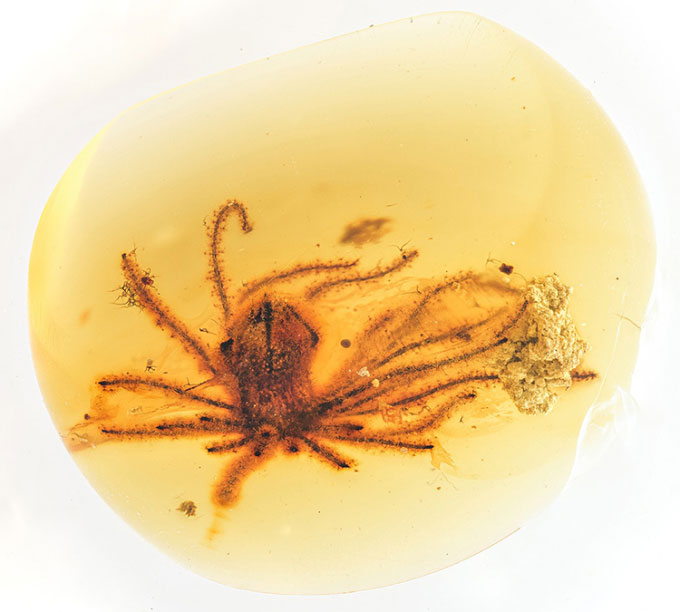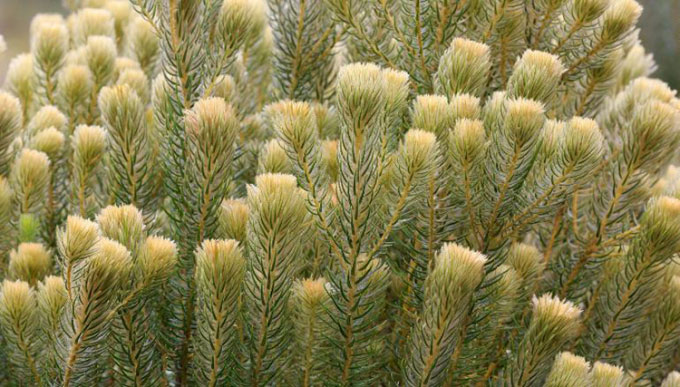Paleobotanists Discover Two Rare Fossilized Flowers in Cretaceous Amber Found Beneath Dinosaur Footprints
A discovery in Myanmar may shed light on how flowering plant species evolved, a crucial part of the history of life that remains a significant mystery, the authors of the study emphasized in a post on the journal Nature Plants on January 31.
Ancient flowers are not well represented in the fossil record. They bloom and transform into fruit, leaving very few specimens preserved to this day.
“Leaves are generally tougher and more abundant than flowers, which makes them more likely to be preserved. A leaf is shed ‘intact’ when it has outlived its usefulness, while flowers transform into fruit, which is ultimately consumed or decomposed as part of the seed dispersal process,” explained Robert Spicer, the lead author of the study and Emeritus Professor at the School of Environment, Earth and Ecosystem Sciences at The Open University in the UK.

Cretaceous amber containing the fossilized flowers of the species Eophylica pricatellata. Photo: Shuo Wang
The two intact flowers in amber from Myanmar belong to two previously unknown plant species that lived during the Cretaceous period 99 million years ago. They have been named Eophylica pricatellata and Phylica piloburmensis, with the latter belonging to the same genus as the modern-day flower Phylica pubescens, native to South Africa.
“These prehistoric specimens are almost identical to their modern relatives. There is really not much difference,” Spicer added.
The genus Phylica currently has about 150 extant species, most of which are found in the arid, “fire-prone” regions of South Africa. The research team suggests that fires must have been a frequent event for a long time, shaping the evolutionary process of these flowers into forms capable of withstanding fire and producing seeds that can find their way into burned soil. In the case of Phylica, their flowers are protected by clustered leaves at the branch tips.

Species Phylica pubescens in South Africa, related to Phylica piloburmensis. (Photo: Juergen/Christine)
The evolution and spread of flowering plants are believed to have played a significant role in shaping much of the life we know today. They provide diversity for insects, amphibians, mammals, and birds.
“Flowering plants reproduce faster than other plant groups due to their complex breeding mechanisms. Flowers often have close associations with pollinator species. This promotes the mutual development of many plant and animal lineages, helping to shape ecosystems,” Spicer emphasized.


















































